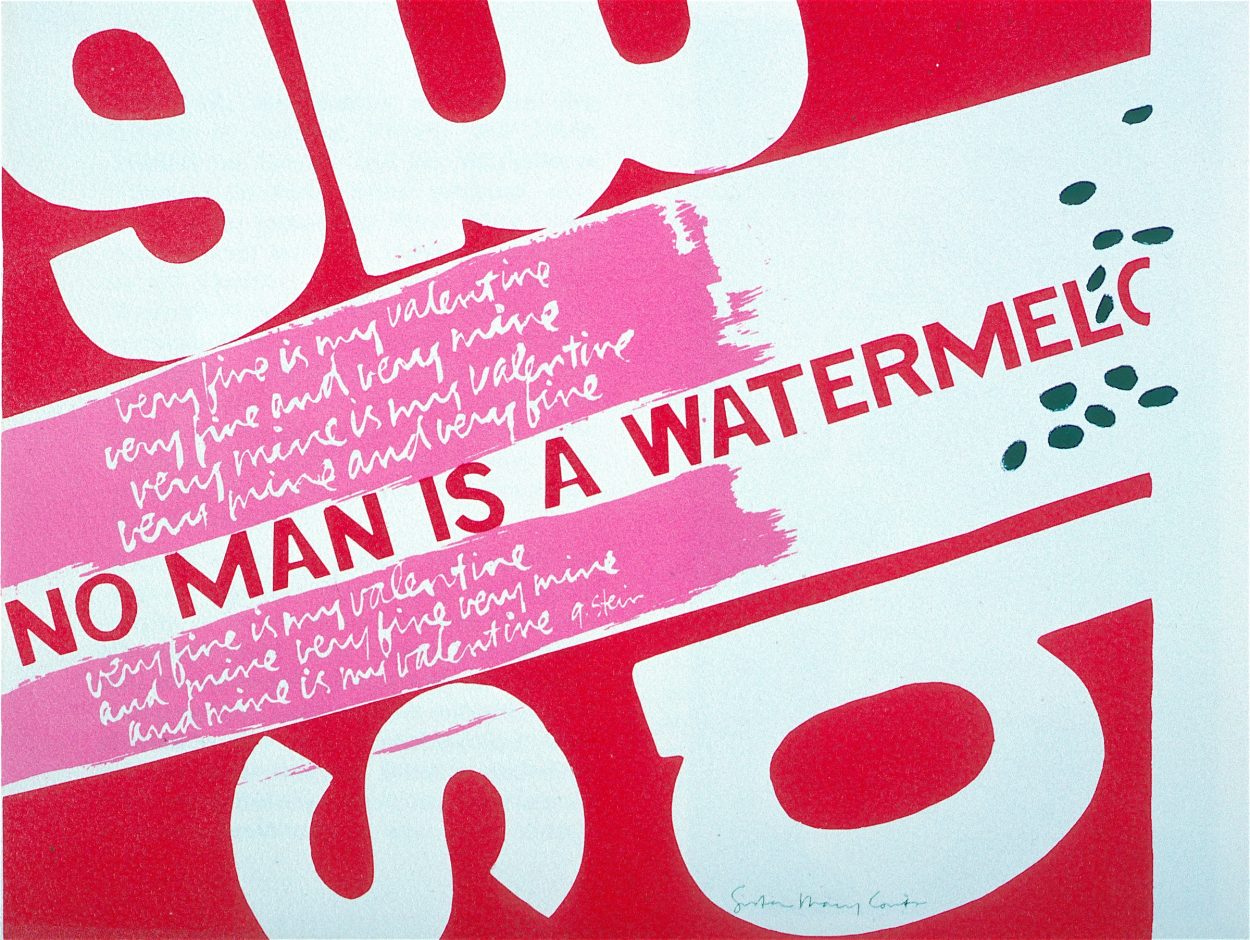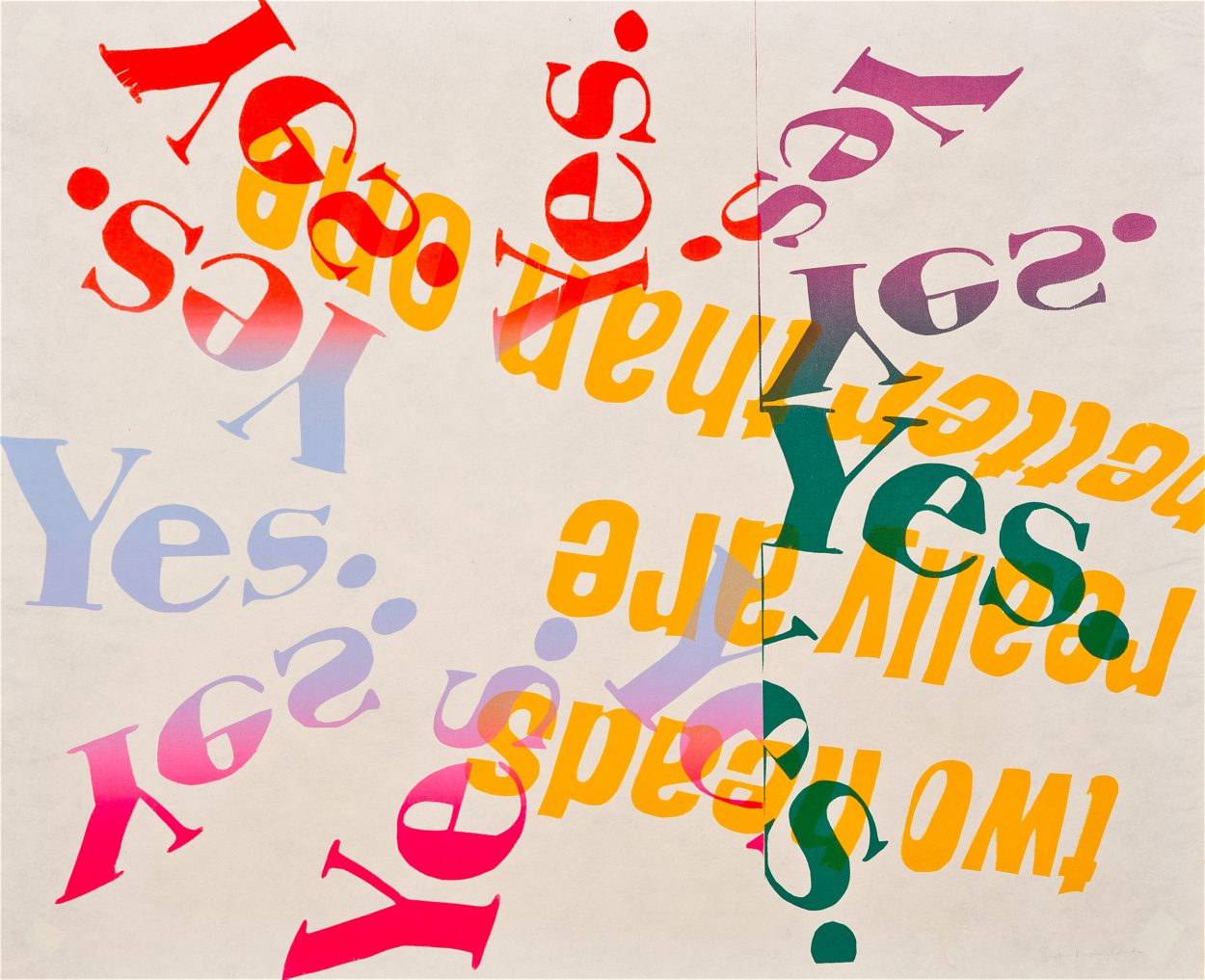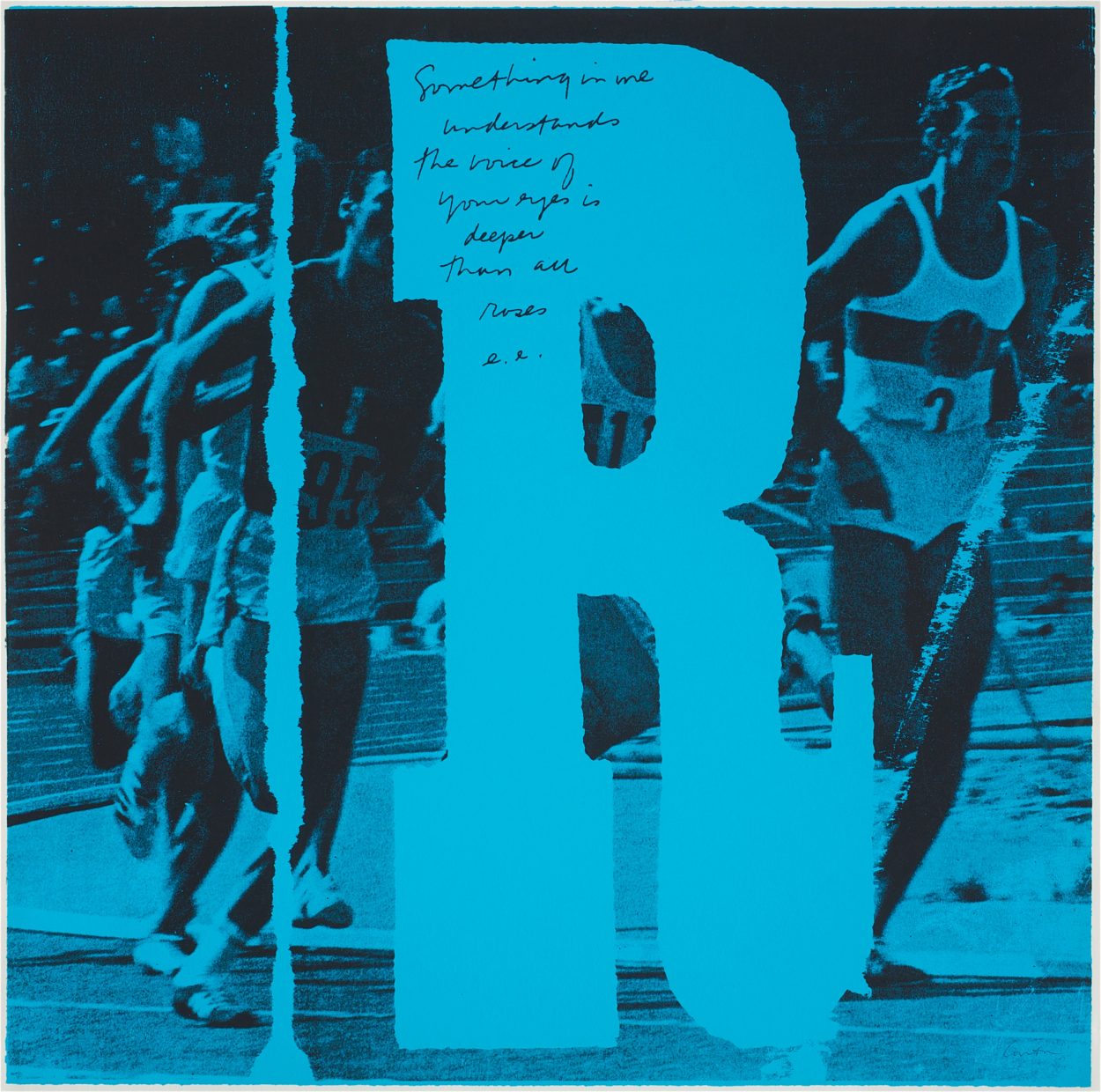Published
“the insistence in any of them will necessarily lead to suffering”
The experience of the Self that is given in the existence of a personality comprises five conditioned attributes, namely, corporeal form (rûpa), sensations (vedanâ), perceptions (saññâ), emotions (sankhâra) and consciousness (viññâna). These five clusters (pañca khandha) determine all the body and mental phenomena of our contingent and finite experience. The North–American Buddhist philosopher Robert Thurman gives us vivid images of each of the mentioned elements:
We begin by looking at the body. We can […] thump our chests and say, ‘I’m me’, but surely we are not just a bunch of ribs. We look in the mirror and say, ‘There I am’, but we say the same thing when we see old snapshots of ourselves […] We can explore cells, axons, and dendrites; molecules, DNA, and RNA; atoms, subatomic quantum particles, unnameable forces and energies. Nowhere we can find anything still, static, independent. […]
We can move on to our minds and begin by sifting through our feelings, sensations, pleasures, pains, or numbnesses. […] I investigate my sensory surfaces and, after some time, give up finding any stable, self–sufficient ‘I’ anywhere along them.
Then we can move into images, words, symbols, ideas, concepts, mental pictures. This at first seems promising. ‘I’ is a word, after all. The names ‘Alice’, ‘Joe’, ‘Carol’, and ‘Shakyamuni’ all are nouns. When I pronounce my own name, ‘Bob’, does an image of myself arise in my mind? Is it a recent snapshot of my face? […] A curriculum vitae? A biography? Is it a favorite logo? A trademark? A symbol? […] None touches the essence of ‘me’. […]
We can move deeper into the motions of the mind, into emotions. When ‘I’ love or am in love, I feel powerfully present, even in the moment of feeling that solidity melting. When ‘I’ hate, I am carried away by destructive impulses […] – all these energies seem to take hold of ‘me’, or seem to emanate from ‘I’. But as I think them through, observe them in actuality or in memory, they seem fully bound in relationships. […]
At last we come to awareness itself, to look at our very consciousness […] But to turn toward my center of awareness, I have to tell my awareness to turn back on itself.
Thurman, Robert, Inner Revolution: Life, Liberty, and the Pursuit of Real Happiness, New York: Riverhead Books, 1998 (pp.74–79)
What we can say is that our personality is but the result of a combination of those five elements – to the point that the belief in its autonomy and permanence ends up being a suffering–causing illusion. In none of the mentioned clusters would we be able to detect the presence of an autonomous and unconditioned subject; therefore, the insistence in any of them will necessarily lead to suffering.
Correia, Carlos João, Personal Identity and Eastern Thought”, Filozofija i Društvo, vol 20 no 3, Belgrade: University of Belgrade, 2009 (pp.74–75)
I came across Prof. Correia’s paper when doing a bit of research on western vs. eastern perspectives on identity and the self. Side note: I don’t think I’ve ever seen such a strong profile photo as the one on Bob Thurman’s site.


